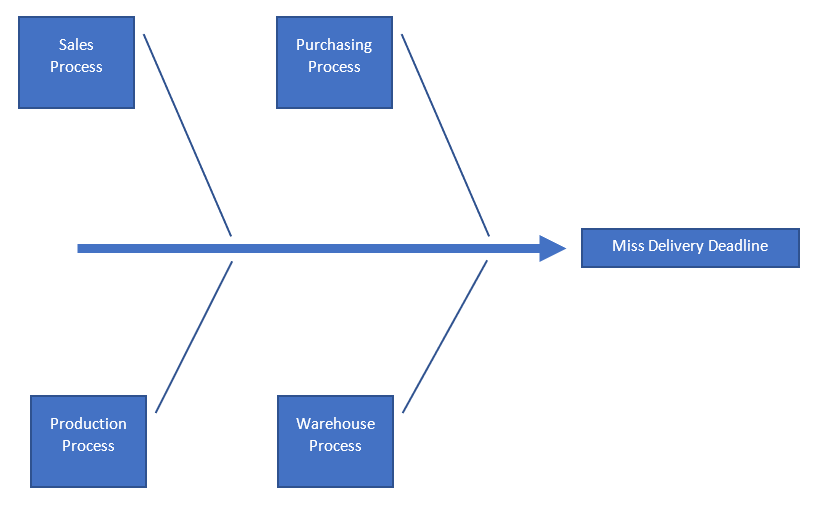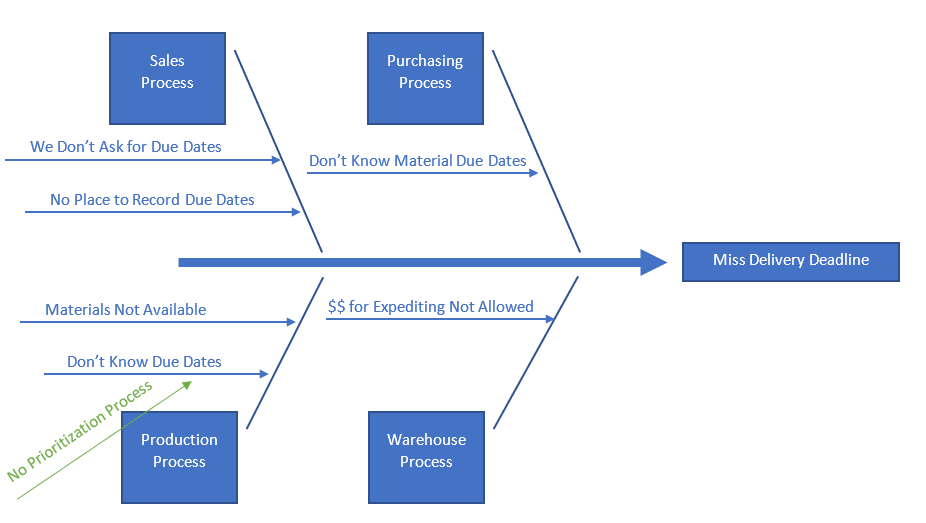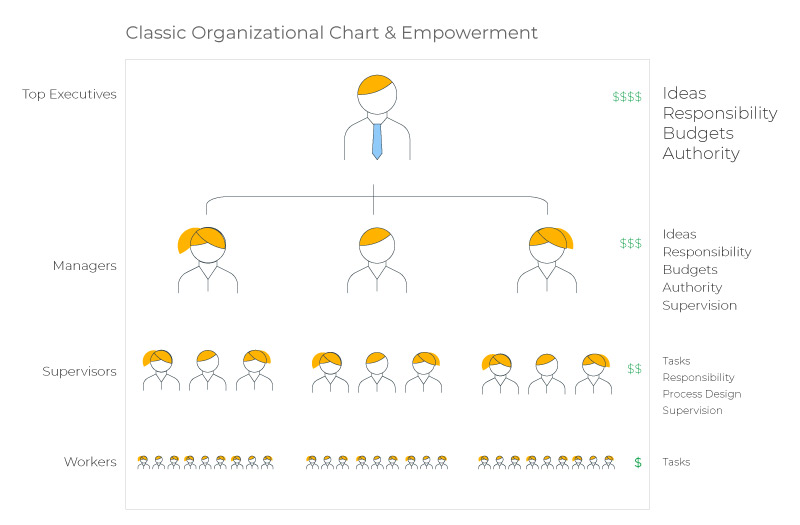Investing in America
- Long Summary: Trump's proposed tariffs appeal to people who want American manufacturing jobs back, but will immediately increase household costs by thousands of dollars. Long-term investment in American manufacturing, like the programs initiated by the Biden administration, is a more effective and sustainable way to boost domestic production and create jobs.
- Short Summary: Trump's tariffs will raise household costs. Investing in US manufacturing, not trade wars, is the path to economic growth and a strong middle class. #manufacturing #economy #jobs
According to non-partisan PolitiFact, economists estimate that American household costs will rise by $1,700 - $4,300 per year if Trump acts on his tariff promises. That will raise inflation, which in turn will keep interests rates high, resulting in more costly mortgages and more expensive cars. Our last round of inflation, caused by the pandemic and nearly over now, has caused so much pain. For people voting on the economy, I hope you're paying attention to the economic costs of radical policies like this one.
I am a strong proponent of bringing American manufacturing back (I'm not just a fan... this is the focus of much of my work... I put in the effort). But it could take decades to build back American manufacturing jobs lost since the 1980s to low-cost manufacturing countries like China. So the impact of dramatic tariffs will increase household costs instantly and unavoidably, and will not be offset quickly by increased manufacturing at home.
So... are tariffs necessary to bring American manufacturing back?
Tariffs can be part of the answer, but certainly not at 60% (or even 20%) - not without hurting American families.
What WILL work? INVESTMENT. Since 2020, over $1.5 TRILLION dollars in incentives have been put in place to promote American manufacturing.
Under the Biden administration billions of dollars have been allocated to reinvest in American manufacturing:
- The Chips & Science Act (2022) allocated $52 billion to promote semiconductor manufacturing in the US. That's a lot of manufacturing jobs.
- The Infrastructure Investment and Jobs Act (2021) authorizes $1.2 trillion for transportation and infrastructure spending, with $550 billion of that going to new investments and programs - money that fuels manufacturing jobs.
- The Inflaction Reduction Act (2022) offers massive tax incentives - estimated to create $370 billion in manufacturing sector investments over a decade - to boost domestic production (manufacturing) of clean energy systems.
In addition, the State Small Business Credit Initiative (SSBCI) is a nearly $10 billion program that supports small businesses across the United States by providing capital and technical assistance... all of which is available to support small manufacturers. That's a lot of money... and I still think we can do more.
But there is a lot of misinformation out there about these programs, and people mistakenly believe that these dollars are just for building electric cars and electric car infrastructure! So incorrect.
The Chips act has little to do with electric vehicles .. other than the fact that ALL vehicles need computer chips today and we are almost entirely dependent on China for them - and chips needed for every other electronic Americans buy, from laptop computers to smart home devices to mobile phones.
The Infrastructure Investment and Jobs Act is for bridges, roads, public transit, railroads, airports, and ports, upgrading the power grid, internet accessibility... and yes, EV infrastructure. This year I took road trips across Wisconsin, Iowa, Illinois, Indiana, Ohio, Pennsylvania, New Jersey, and Kentucky. My travels via airplane took me to California, Nevada, New Mexico, Georgia, Arizona, Colorado, and Texas. Everywhere I saw infrastructure work going on. Infrastructure work creates American jobs to not only do the infrastructure work, but to produce the cement, steel, aggregates (sand, gravel, crushed stone) asphalt, pipes, electrical conduits, and pre-cast concrete components. It also causes American manufacturers to order other American-manufactured equipment like excavators, bulldozers, cranes, and other heavy equipment, buses, rail cars, switchgear... etc. This Act is a huge boon to all American manufacturing.
I was recently in Washington DC for a major conference that brought the manufacturing sector, US Military, and politicians together to talk about how critical manufacturing is to our national security. And every politician, both Democratic and Republican alike, spoke to how much work HAS BEEN DONE and still needs to be done to keep manufacturing jobs in the US.
When the politicians are out stumping, the Republican politicans keep blaming Democrats for losing manufacturing jobs. In fact, both parties, over time, were responsible for that. But when they come together for important meetings right now, the Republicans in that conference were very clear that a lot has been done the past four years - and that we need to maintain these investments.
Please take a look at what Trump plans to do with these investments. Because he is already on the record that he will pull back on them, and US manufacturing progress will be lost. The Republicans in the room at that conference I was at? They know it, and they're worried about it.
INVESTING in our own manufacturing is the only road to bringing back American manufacturing. INVESTING in our children by providing education to work in manufacturing (our trade schools have been gutted in the past 30 years) is critical to bringing back American manufacturing. INVESTING in existing manufacturing operations to upgrade their business operations so they can afford to compete with foreign manufacturers who rely on cheap labor is critical to bringing back manufacturing. INVESTING in our workforce and communities by creating competitive businesses that can afford to pay good wages is critical to our future. The path to a healthy middle class and a healthy country won't come from just cutting off foreign imports.
We must keep INVESTING in America.
 Let’s face it. Work is often full of busy-work, sometimes it’s monotonous, and there are occasionally days when you head for home and you realize that you just went through the motions all day long (hopefully, you don’t have a lot of those days). Many of the errors in the workplace occur when people are, well, spacing off a little! How can we account for the occasional human lack-of-attention? With a Lean method called Poka Yoke.
Let’s face it. Work is often full of busy-work, sometimes it’s monotonous, and there are occasionally days when you head for home and you realize that you just went through the motions all day long (hopefully, you don’t have a lot of those days). Many of the errors in the workplace occur when people are, well, spacing off a little! How can we account for the occasional human lack-of-attention? With a Lean method called Poka Yoke.




